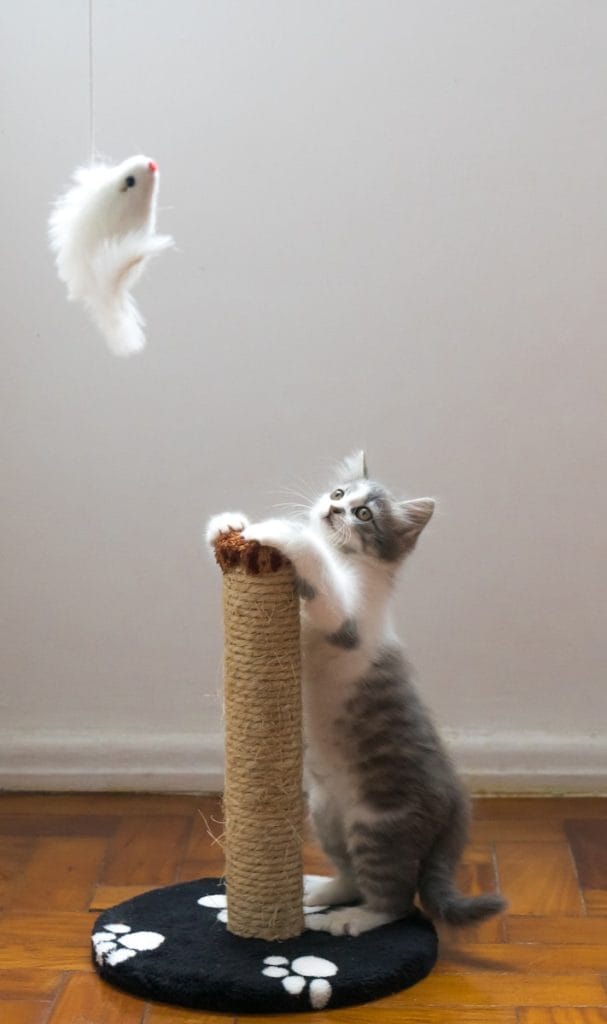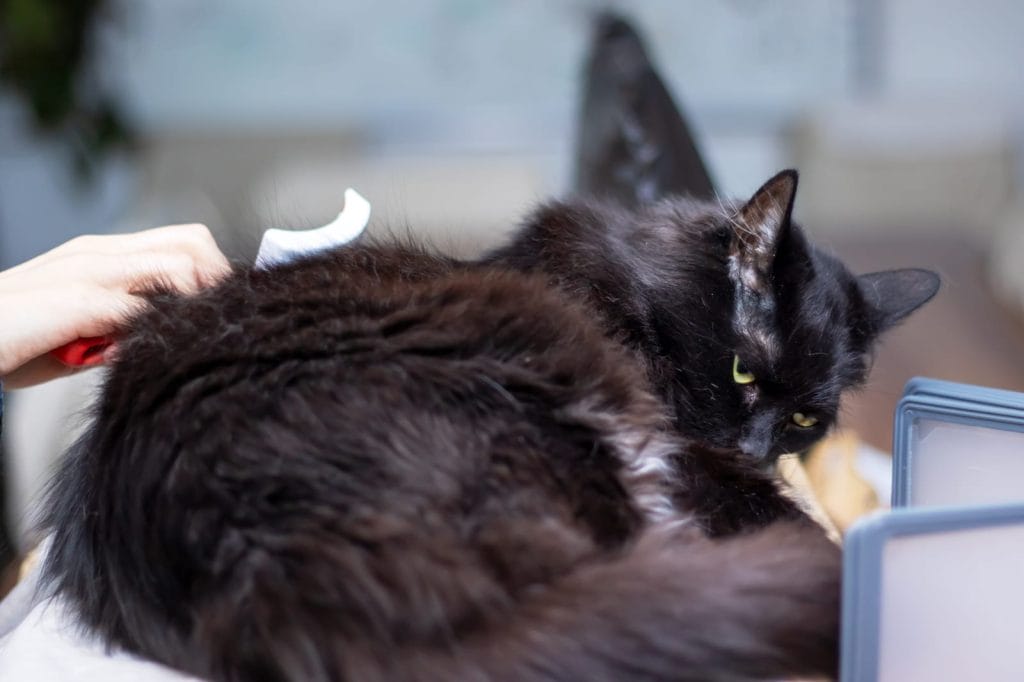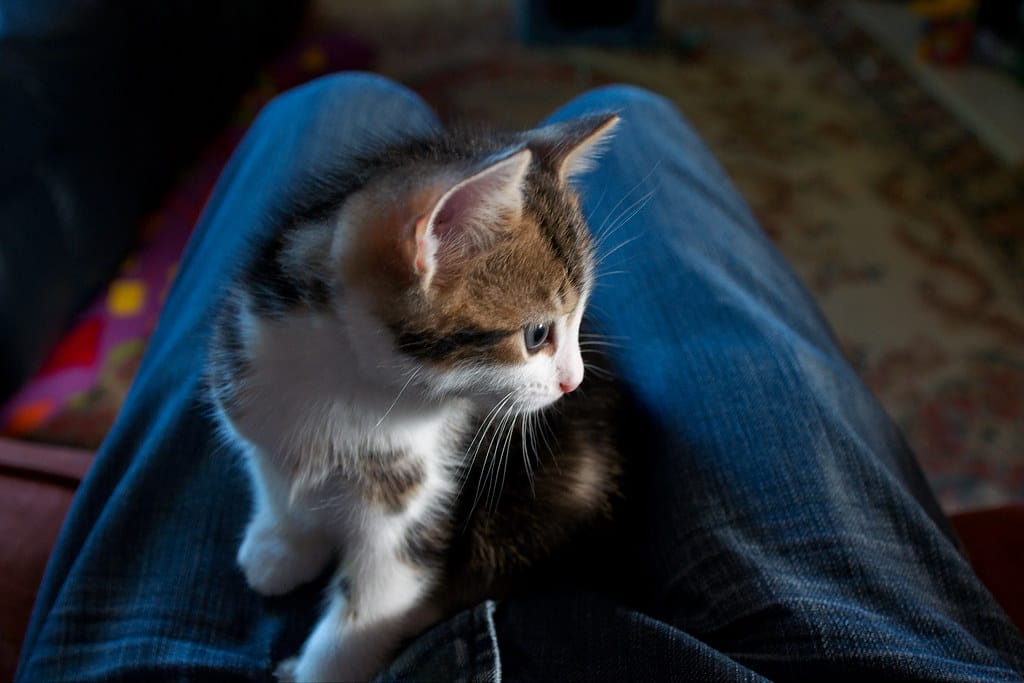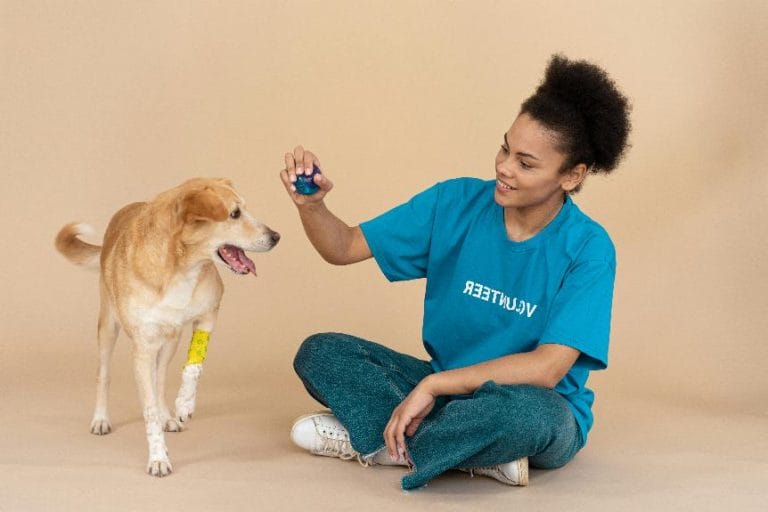Building a strong bond with your cat is not only important for your pet, but it can also be enriching for your own life. Imagine coming home every day and your cat running towards you with excitement, her eyes shining with joy. Cats are often known for their independent nature, but behind that mysterious behavior lies a desire for connection and affection.
By creating a good relationship, you not only give your cat the opportunity to feel safe and loved, but also to experience unforgettable moments together.
In this blog, we will share practical tips and insights on how to build a strong bond with your cat. Whether you have a new kitten or have had an adult cat for years, there are always ways to improve and deepen your relationship.
Let’s start by better understanding our furry friends!
Understanding Cats
Cats are fascinating creatures with a unique way of communicating and behaving. Cat language may seem a bit mysterious at first, but learning to understand their body language is an important step in building a strong bond.
Just like humans, cats also have different personalities. Some are outgoing and playful, while others are more introverted and calm. It’s important to observe your cat and learn which approach works best for their specific character.
How to Socialize Kittens
The socialization period of kittens, usually between 3 and 8 weeks old, is crucial. During this phase, kittens learn important social skills through interaction with their mother and littermates. This helps them to later interact better with humans and other animals. Regular exposure to new experiences such as sounds, smells, and environments contributes to the development of a confident and well-adapted adult cat.
How to Use Cat Communication to Build a Bond with Your Cat
Cats have their own unique way of communicating, and it’s not just through sounds, but also through their body language. By learning to understand these signals, you can truly strengthen the bond with your cat.
Sounds
- Meowing: Every cat has its own meaning of meow. Some cats meow to get your attention, while others use it to greet you or maybe just to ask for some treats. Pay close attention to the pitch and frequency of the meowing; that way, you’ll get a better idea of what your cat is trying to tell you.
- Purring: This delightful sound usually indicates that your cat is completely at ease and happy. But did you know that they can also purr when they’re stressed or in pain? So it’s a bit contradictory, but in most cases, it’s a good sign!
- Hissing and growling: These sounds are clear signals that your cat feels threatened. Take these warnings seriously and give them the space they need.
Body Language
- Ears and tail: Pay close attention to the position of the ears and the movement of the tail; they can tell you a lot about how your cat is feeling. Ears pointing forward? That means curiosity! Ears flattened against the head? Then there’s fear or even aggression at play.
- Eyes: When your cat slowly blinks, it’s a sign of trust and affection. Try blinking back slowly; it can help make your bond even stronger.
- Body posture: A relaxed posture indicates that your cat feels safe. But be careful! A tense or puffed-up posture is often a sign that they feel threatened.
Recognizing Needs
To understand your cat’s needs, you need to pay close attention to how they communicate. Here are a few handy tips:
- Observe: Watch how your cat reacts in different situations; each reaction tells something.
- Listen: Be attentive to the different sounds they make; each sound has its own meaning.
- Respond: Respond to their signals by respectfully keeping your distance or showing affection when they ask for it.
It is incredibly important to understand cat communication during this process. By picking up on these subtle signals, you can better respond to what your cat needs, and together you can build a strong, loving bond.
Basic principles for building a bond with your kitten
A strong bond with your kitten requires patience and time. Kittens need to adjust to their new environment and often need time to feel safe and comfortable. This means that you should not expect too much from them right away. Small steps are the key to big changes (what wisdom).
- Alternate playtime and rest periods: Schedule daily playtime, but also give your kitten enough rest.
- Observe their behavior: Watch how your kitten reacts to different stimuli and adjust your approach accordingly.
- Stay consistent: Repeat positive interactions regularly so that your kitten knows what to expect.
Show respectful affection and observe your cat’s preferences
Respectful affection means taking into account the preferences and comfort of your kitten. Kittens have different personalities, and it is important to get to know them.
- Cuddle time: Some kittens enjoy being cuddled, while others prefer to keep their distance. Never force physical contact.
- Toy choices: Learn which types of toys your kitten likes. For example, try out different mice, balls, or interactive toys.
- Feeding times: Observe when your kitten prefers to eat and take this into account when planning feeding times.
“Patience, respect, and observation are the core principles of a strong bond with your kitten.”
Creating a comfortable environment for your cat

A comfortable environment for cats is essential for their well-being and helps to build a strong bond. Important elements to consider are:
- Shelter: Provide multiple safe places where your cat can retreat, such as cardboard boxes or specially designed cat tents.
- Scratching posts: Cats have a natural need to scratch. Scratching posts not only provide a place to satisfy this need, but also help protect furniture.
- Toys: Variety in toys, such as mice and feather wands, keeps your cat mentally and physically stimulated.
A structured care routine also plays a crucial role in bonding. Regular feeding times, play sessions, and grooming moments give your cat a sense of security and predictability.
Interactive playtime
Active playtime with your cat is a great way to strengthen your bond. Cats are natural hunters and enjoy activities that stimulate their hunting instinct. Regular play sessions not only provide mental and physical stimulation, but also help build trust and affection between you and your cat. It is important, however, that a cat gains self-confidence by catching something, for example, and does not get frustrated during play.
Examples of interactive toys that help with bonding:
- Fishing Toys: These mimic the movement of prey and encourage your cat to jump, run, and chase.
- Laser Pointers: Provides a lot of fun and exercise, but make sure to end with a physical toy so your cat can ‘catch’ something.
- Puzzle Toys: Hide treats in puzzle toys to stimulate your cat’s problem-solving ability.
- Automatic Playgrounds: These moving toys can work independently and keep your cat busy when you’re not there.
Use treats to reward positive behavior:
Treats play an important role in cat training. By rewarding positive behaviors with cat-friendly treats, you reinforce desired behavior and make the experience enjoyable for your cat. During playtime, for example, you can:
- Use treats to lure your cat towards interactive toys.
- Give compliments and treats when your cat actively participates in the game.
- Hide treats in toys or puzzles to promote curiosity.
Regular interactive play sessions ensure that your cat feels loved and contribute to a happy, healthy relationship with your pet.
Care and health of your cat
Regular veterinary visits
Regular veterinary visits are an essential part of taking care of your cat. Not only do these visits help monitor the health of your furry friend, they also strengthen the bond between both of you. It’s nice to know that your cat gets used to the veterinarian and the environment there. This way, your cat can handle human interaction outside the safe home, which in turn can reduce stress.
Health problems and behavior
If your cat is not feeling well, it can have significant consequences on its behavior. You may notice that a normally playful cat becomes withdrawn, gets easily irritated, or even stops eating. It is important to be alert to changes in your pet’s behavior, as these are often signs of underlying health problems.
Some examples of health problems that can affect behavior:
- Dental problems: Painful teeth can cause your cat to have a decreased appetite.
- Urinary tract infections: These can cause discomfort and lead to changes in toileting behavior.
- Skin conditions: Itching and irritation can cause your cat to excessively scratch or lick.
A good veterinarian ensures that these types of problems are detected and treated in a timely manner. This helps your cat feel better both physically and emotionally, contributing to a happier and healthier life together!
Grooming as a bonding technique

Grooming is a natural behavior that cats use to keep themselves clean. But it can also serve as a form of bonding between you and your cat. By regularly brushing your cat, you not only give its coat a healthy shine, but you also create a moment of calm and relaxation. This can help strengthen the bond between both of you.
In addition, grooming provides an opportunity to detect any skin problems or parasites. For example, you can timely discover fleas or ticks and take action to combat them.
It is important to use the correct technique and materials when grooming. Choose a brush that is suitable for your cat’s coat and brush with gentle strokes in the direction of hair growth. Don’t force anything and stop if your cat has had enough.
Daily grooming sessions offer numerous benefits for both you and your cat. It is not only a way to keep your cat’s coat healthy and shiny, but it also significantly strengthens your bond.
Benefits of daily care for the relationship
- Physical contact: Regular care provides frequent touch, which helps build trust.
- Routine and predictability: Cats love routine. By grooming daily, you create a predictable and reassuring routine.
- Positive associations: Using gentle brushes and positive reinforcement (such as treats) can make grooming an enjoyable experience.
How grooming can help build trust
Cats are often hesitant and may be suspicious of new people or experiences. Grooming provides a calm, patient way to work on these trust issues:
- Reading body language: During grooming, you can learn better how your cat communicates through body language. This helps to understand signals such as fear or comfort.
- Slow introduction: Start with short sessions and gradually expand them as your cat becomes more comfortable.
- Respect boundaries: Don’t force anything. If your cat shows signs of discomfort, stop and try again later.
Regularly caring for your cat is a valuable technique that goes beyond just physical health; it also plays a crucial role in strengthening your emotional bond.
Investing time in the relationship with your pet is the key to a happy cat
Every minute you spend on your cat pays off in a strong and loving bond. Patience, attention, and respect are crucial. Take time every day to play, groom, and simply be together. This not only helps build trust, but also ensures a happy and healthy cat.
“Building a good bond with your cat takes time and dedication, but the rewards are priceless.”
Explore ways to strengthen your bond and enjoy the company of your loyal four-legged friend.


